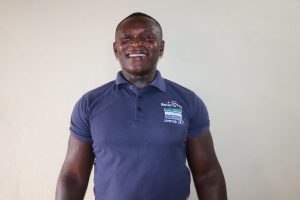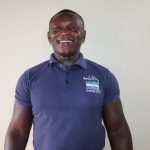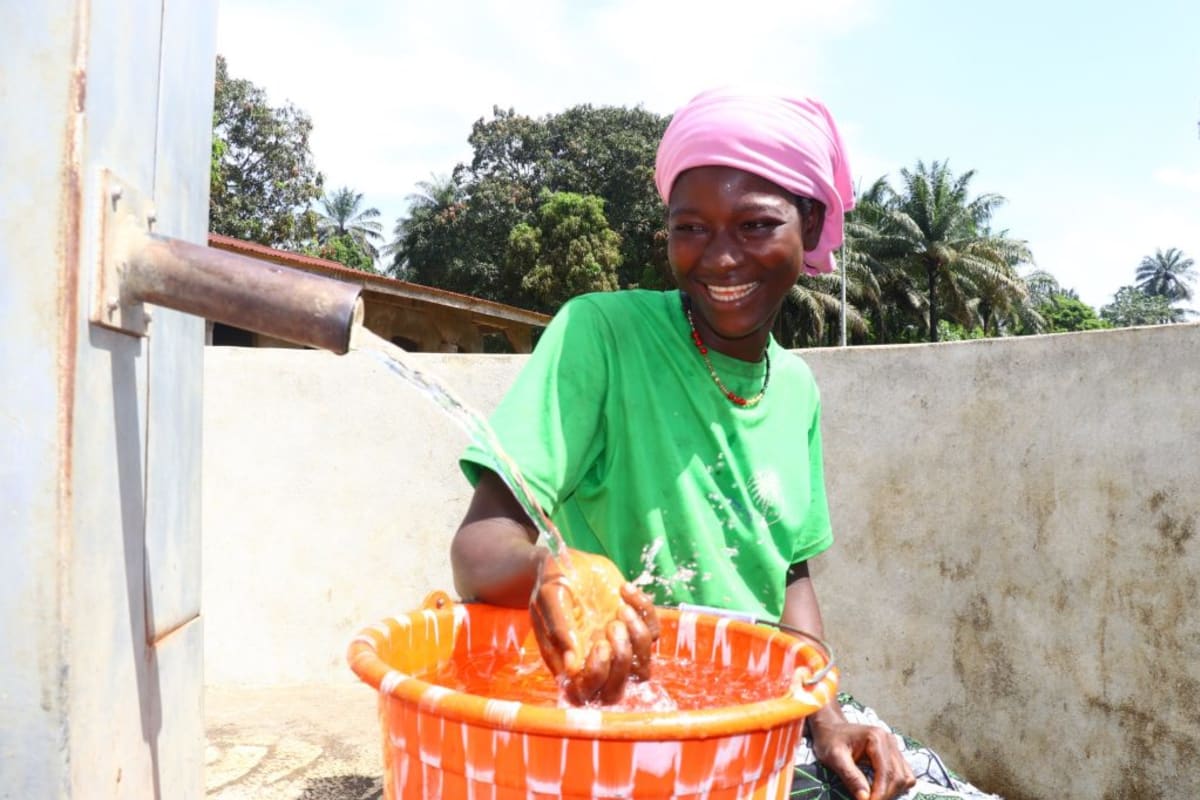The 288 people of Royeama currently rely on a hand-dug well for their water. Yet recently, due to an increase in the community's population and seasonal drying, the well has been unable to produce sufficient water to meet the communities needs. When the well runs low, community members resort to collecting water from the swamp.
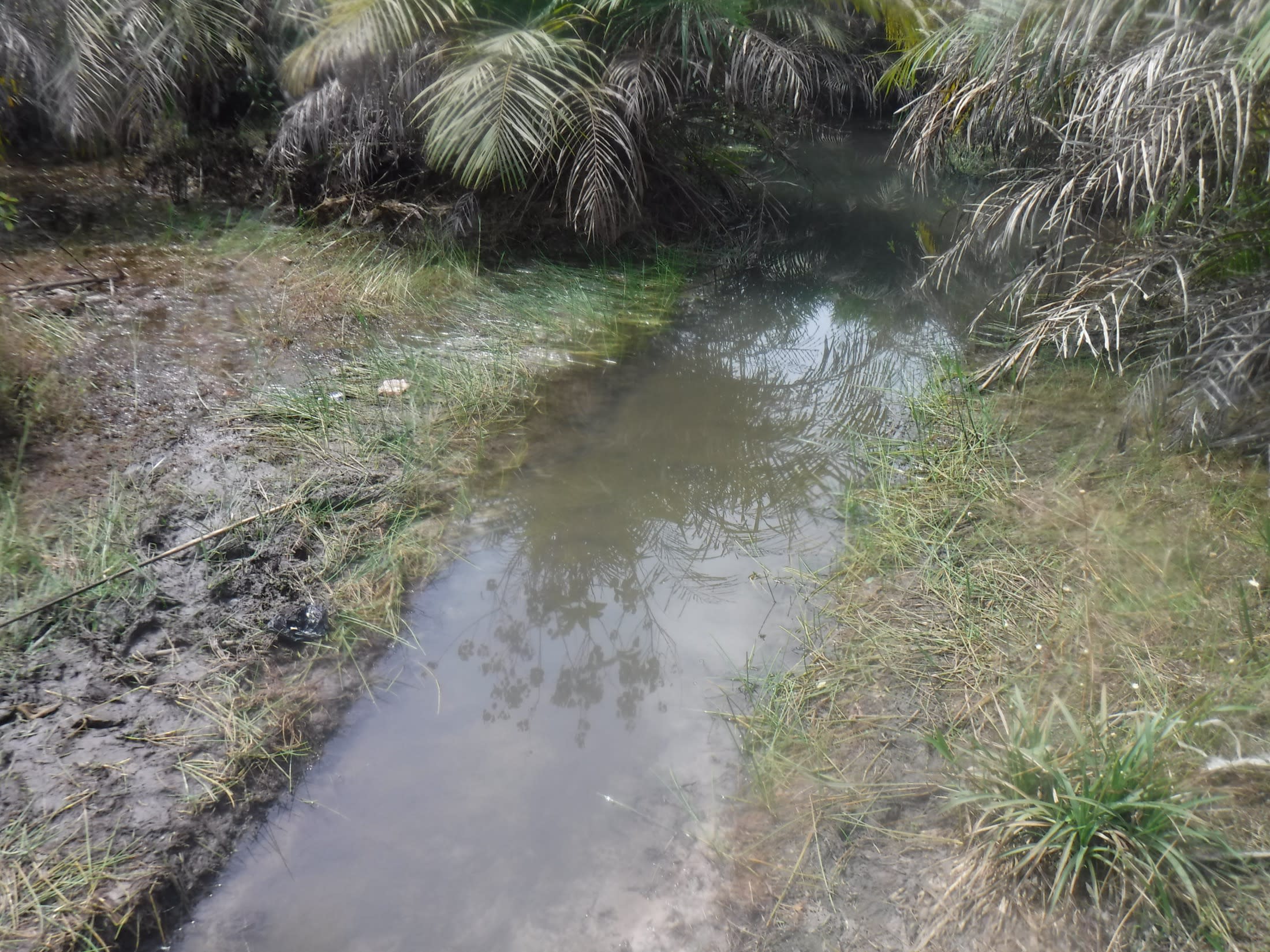
The swamp water is deceptive because although it can appear clear first thing in the morning, it is open to various kinds of contamination and unsafe to drink. People must walk into the water to reach a point where they can dip their buckets in, children swim in the water, and people use it to launder clothes. With more human activity around the water, the water becomes cloudy, greenish, and infested with blood-sucking leeches.
The swamp water may provide for the community members' immediate needs. Still, as a result of drinking it, many in the community suffer from regular diarrhea and abdominal pain. They are also prone to contracting waterborne diseases that leave them ill and unable to work and attend school.
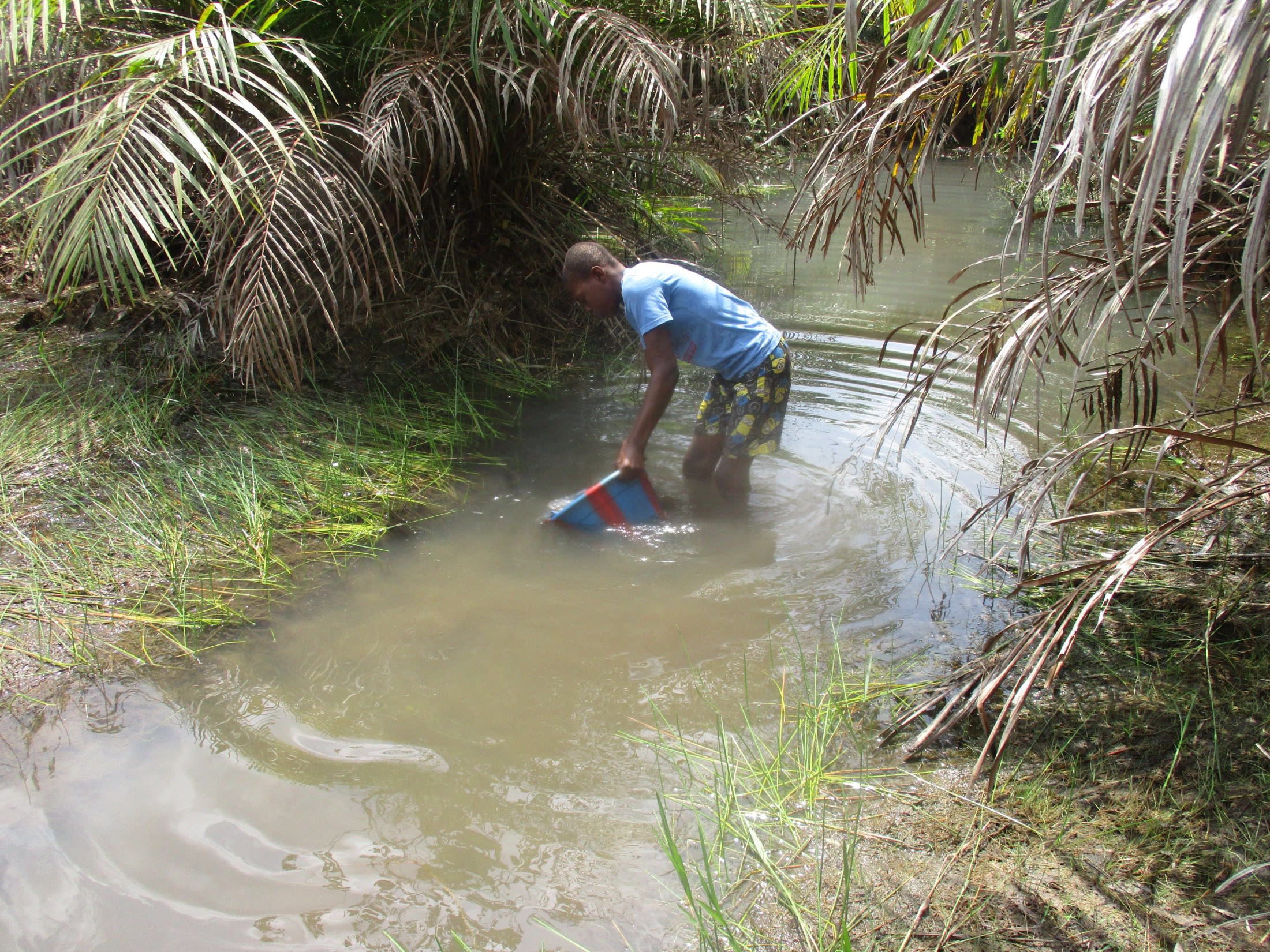
Mohamed K. (pictured above collecting water from the swamp), 13, said, "When I wake up early in the morning, I take my rubber bucket [and] go to the pump to collect water, but now, the pump is not providing enough water to serve everyone at the pump at the same time. It causes delays because the amount of water the pump could release is [just a] little drop. It takes time to fill one jerrycan, and there will be more people waiting to fetch water."
Royeama is a farming community that depends on crops for their livelihood. Every morning, before people rush to their farms to work, they attempt to collect enough water to do other domestic activities like laundering clothes, cooking breakfast, and washing dishes. But due to the water crisis in the community, it takes an excessive amount of time to find the necessary amount. As a result, farm work is delayed, production reduces, and people's incomes suffer.
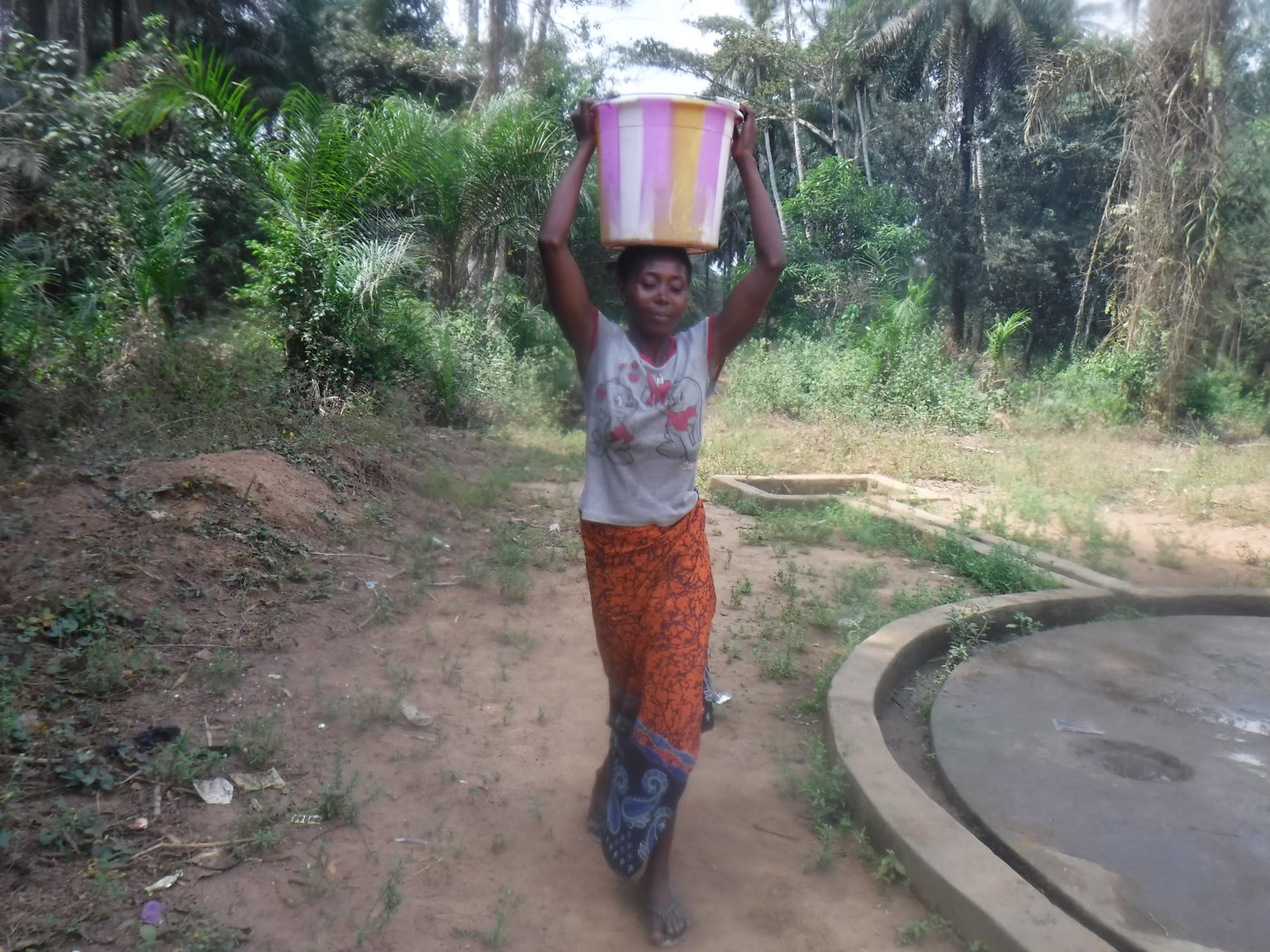
"Every early morning, when I wake up and pick up my rubber bucket, I rush to the pump to collect some water. Sometimes when there is a shortage in water, [a] pump break down, or overcrowding at the water well, I decide to go to the swamp to fetch water. The swamp water is dirty, but I must fetch it and return home to allow it to settle for a few minutes [to] later filter it properly before drinking it," said farmer Mariatu Kamara, 33, shown above.
The majority of women in the community must work on their farms, then return home and search for water again in the evening to have sufficient water to cook another meal and for their family to bathe. They work late into the evening, go to bed very tired and wake up very early again the next day to repeat the process. It is a tiring and burdensome process.
The community's hygiene and sanitation also suffer because of the water shortage. It is difficult to fetch enough water to do everything, so people prioritize the pressing needs and often neglect their hygiene and sanitation.
This community needs a nearby, safe, reliable water source to concentrate on producing enough income to improve their daily lives and reduce the amount of time and energy it takes to do the daily necessities.
Here’s what we’re going to do about it:
Well Rehabilitation
The well marked for this overhaul is dry for a few months every year and needs major work to supply adequate, clean water to the community year round. The pump will be removed, and a hand auger will be lowered inside and powered by a drill team. This hand auger will allow the team to drill several meters deeper to hit a sufficient water column that will ensure the well supplies water throughout all seasons.
As the team drills, casing will be installed, transforming the bottom of this hand-dug well into a borehole. PVC piping will connect this lower system directly to the pump, a construction that we know will also improve the quality of water.
Once this plan is implemented, everyone within the community will have access to safe drinking water in both quality and quantity, even through the dry months.
Hygiene and Sanitation Training
There will be hygiene and sanitation training sessions offered for three days in a row.
After our visit, the hygiene and sanitation trainer decided it would be best to teach community members how to build a tippy tap (a hand-washing station built with a jerrycan, string, and sticks). They will use these tippy taps for handwashing demonstrations, and will also teach about other tools like dish racks and the importance of properly penning in animals.
These trainings will also strengthen the water user committee that manages and maintains this well. They enforce proper behavior and report to us whenever they need our help solving a serious problem, like a pump breakdown.

 Borehole Well and Hand Pump
Borehole Well and Hand Pump









